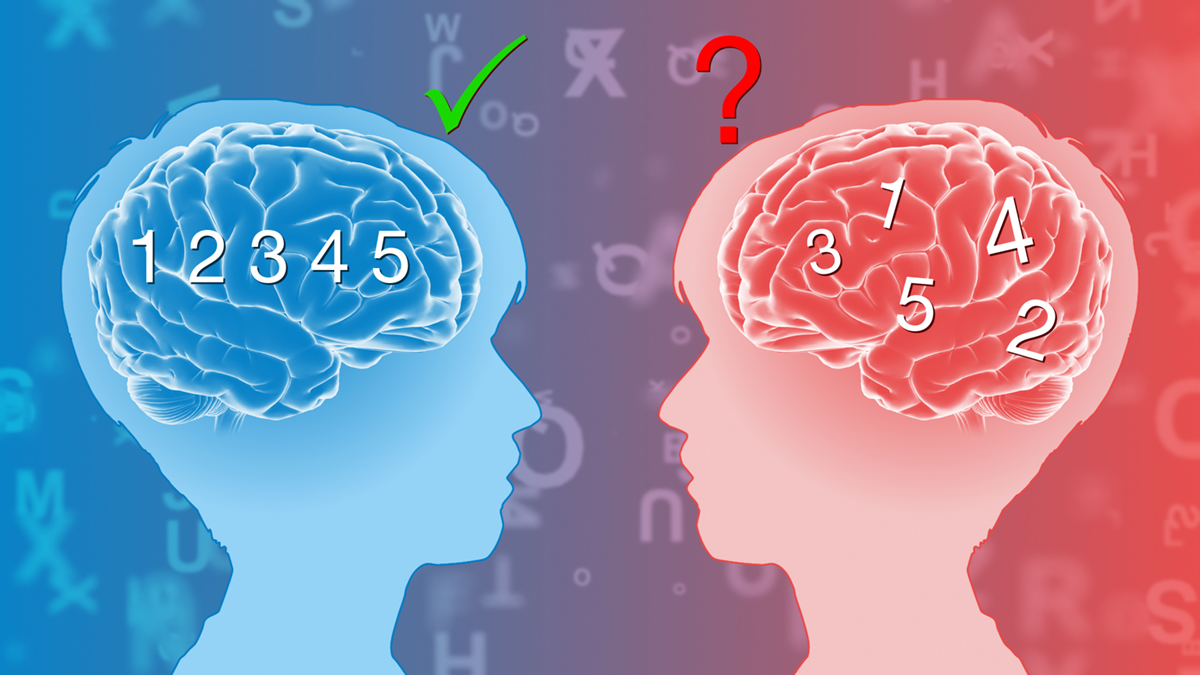
What causes dyslexia
More than one theory about the actual cause of dyslexia exists. However, all of the theories share the same opinion that a genetic condition that makes certain changes in the way the brain copes with information is present. A child whose parent suffered from dyslexia has more than 50% chances of suffering from the condition him or herself. Another piece of evidence that this condition is genetic is the fact that if one of the identical twins has the condition, the other will develop it almost always. The experts were able to discover the genes that affect the development of the brain and play a part in the development of dyslexia. However, the exact way in which way these genes influence the brain remains unknown.The phonological processing impairment theory is the name of the theory that a majority of experts believe what impact dyslexia has on both reading and writing. Being able to understand spoken language is considered to be natural to the brain. When a person hears a word, he or she does not register that the word is made up of phonemes but only the actual word. However, a person needs to posses the ability to first recognize the letters in the word and then put them together in order to make sense of the word. Being able to do this is called the phonological processing. Experts believe that those affected by dyslexia find this process to be a lot more problematic that other people.
One theory claims that people diagnosed with dyslexia have difficulty with phonological processing because certain areas of the brain do not function in the same way as in those who do not suffer from the condition. Three areas of the brain found in the left hemisphere are being looked into by the experts. These areas are Broca’s area, parietotemporal region and occipitotemporal region. The areas are thought to be involved in producing, analyzing and identifying written words. Thanks to the MRI scans, the experts were able to discover that the activity of these three regions were not high in people with dyslexia when they are attempting to read.Dyslexia behavior facts
Dyslexia patients sometimes become used to being wrong and that leads to them being brave enough to make bold moves and not having belief in both themselves and what they are capable of. Due to the fact that people diagnosed with dyslexia cannot read, write or spell as good as other people, it is often seen that they have low opinions of their other skills and general knowledge as well. A person with dyslexia often believes that he or she cannot do anything right.Schools play a vital role in avoiding behavioral difficulties that may become present in pupils with dyslexia because of their reaction to learning problems. Behavior difficulties are strongly established in the primary school years in almost all dyslexia patients, especially if insufficient and inappropriate intervention and support are not available. However, the good thing is that the schools have come up with certain strategies that should be able to manage the behavioral problems.
Setting up school-wide classroom rules is essential and all of the staff needs to be in accord upon these rules. The staff should explain the rules to the class and the reason for each of the rules. Sanctions need to be explained as well. In situations when the pupil is being corrected, the teacher needs to draw attention to the rule and speak again about the reason for it and the sanction. Sanctions should not be altered but it is vital that they are carried out. Pupils with learning difficulties should be addressed without the voice being raised and the talking should commence at normal speed. Trusting the pupils is significant as well.Teachers should try to get to know every student. In some schools teaching certain aspects of social behavior is a necessity due to the fact that some pupils do not know how to behave. Behavior modifications should be tried. Positive intervention needs to be used and the teacher should provide opportunities for the pupils, especially for those with short attention span and those who are hyperactive.
These are only some of the strategies that are being used.
















Your thoughts on this
Loading...